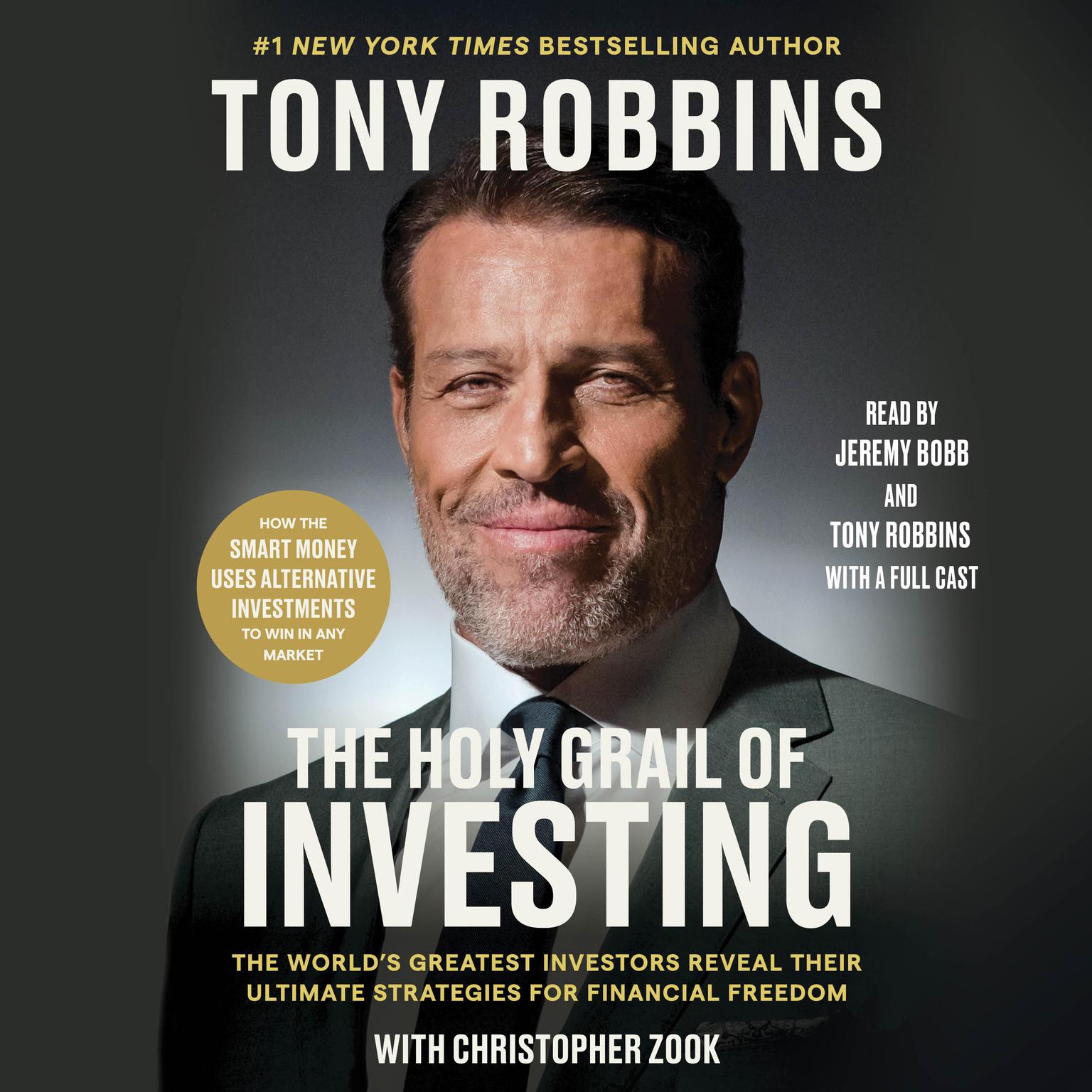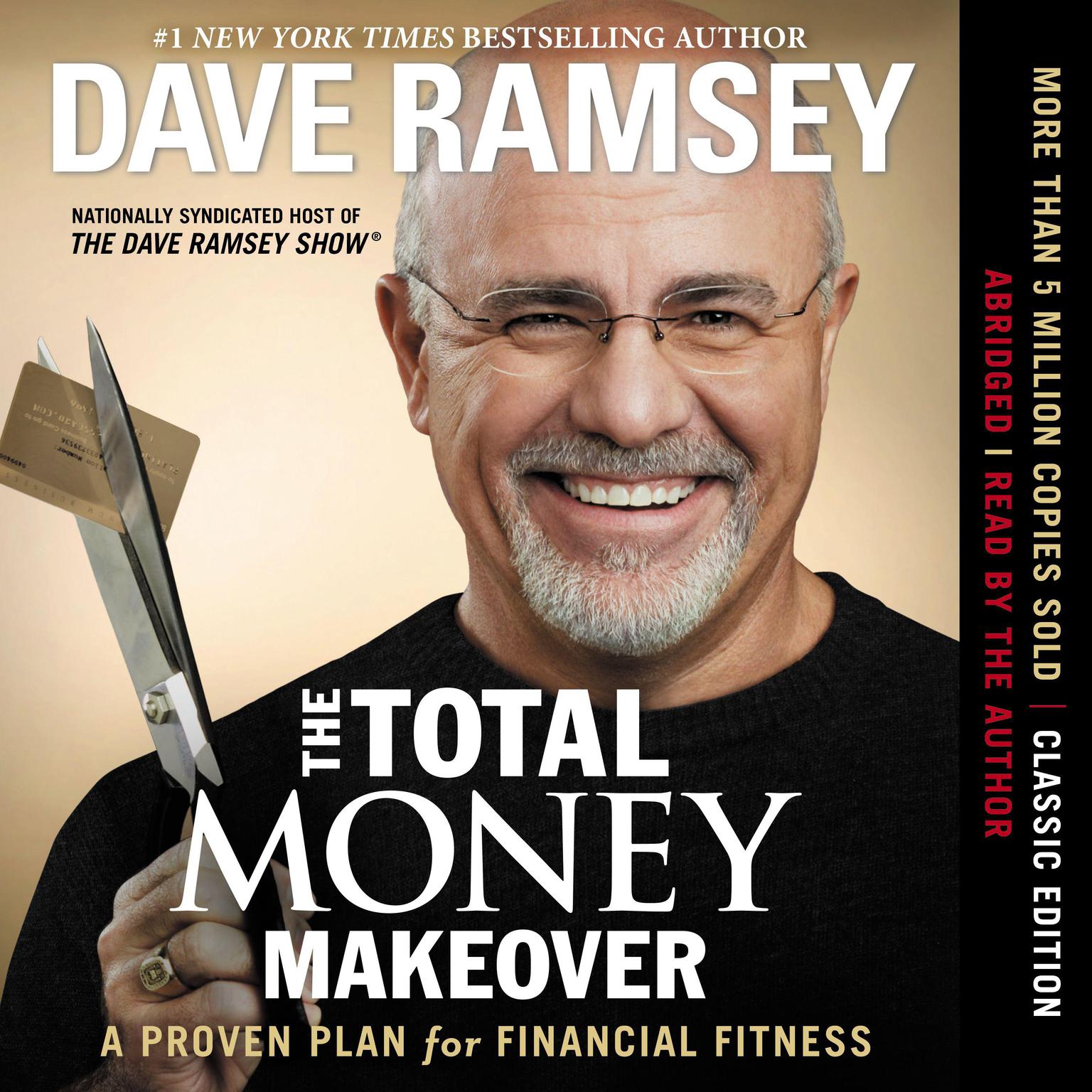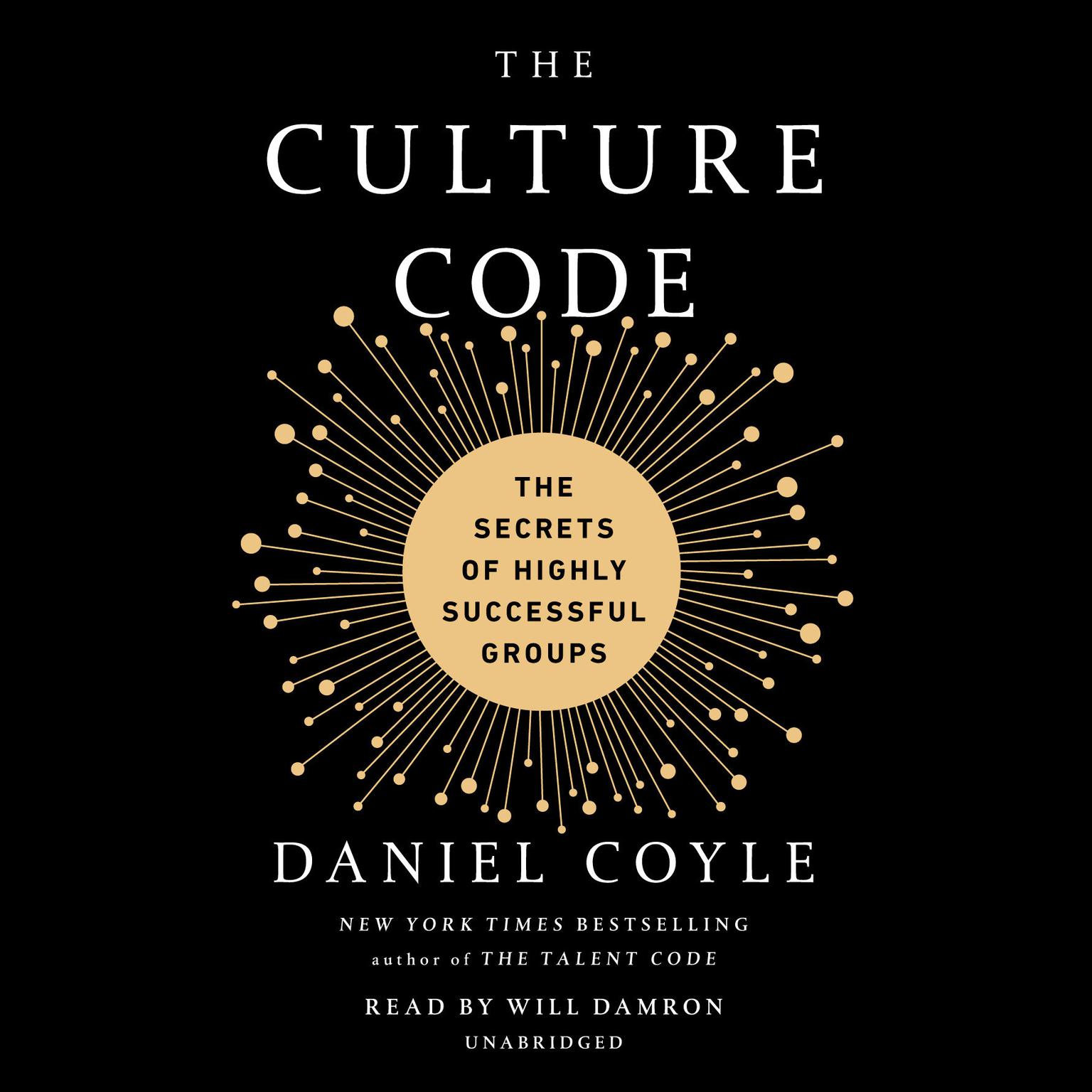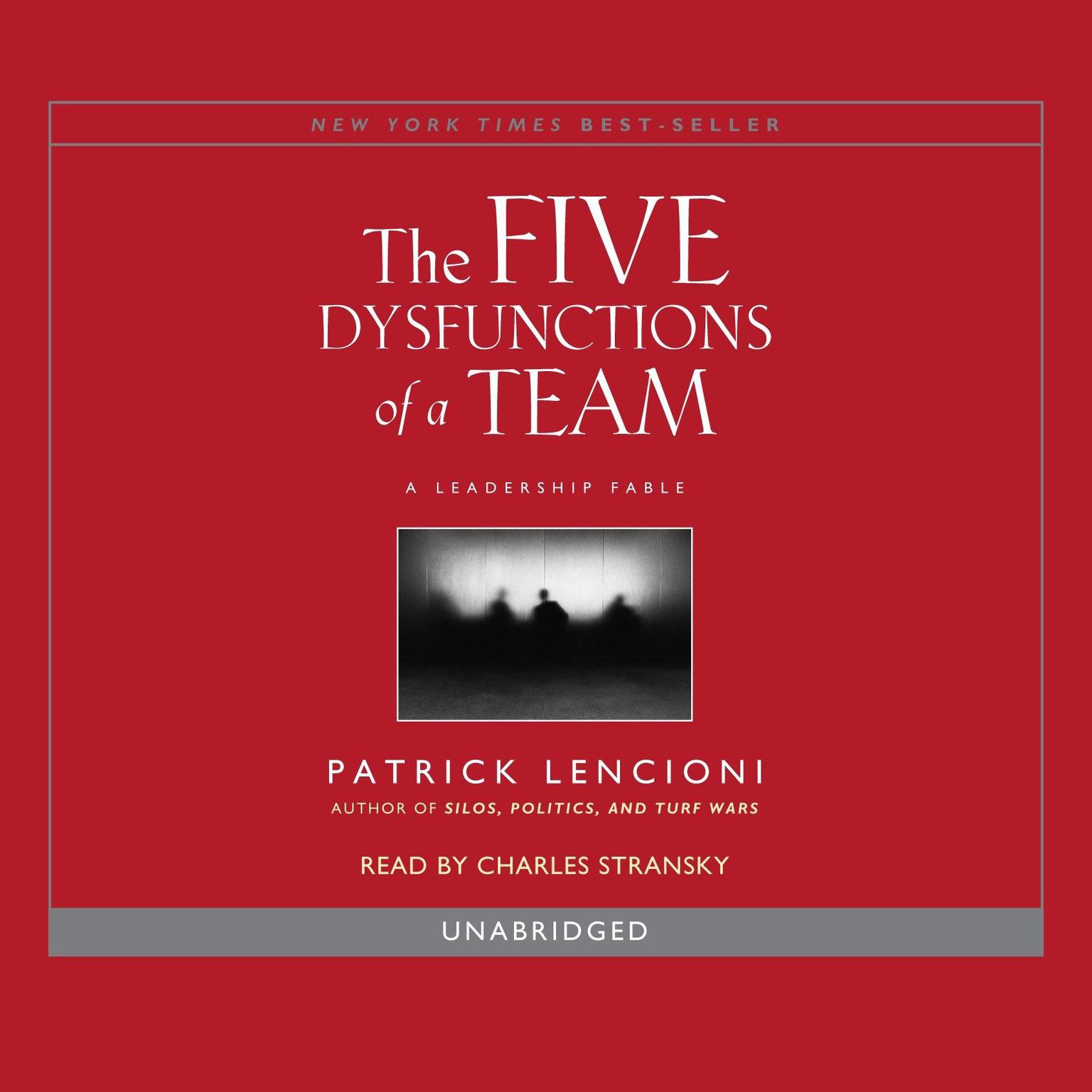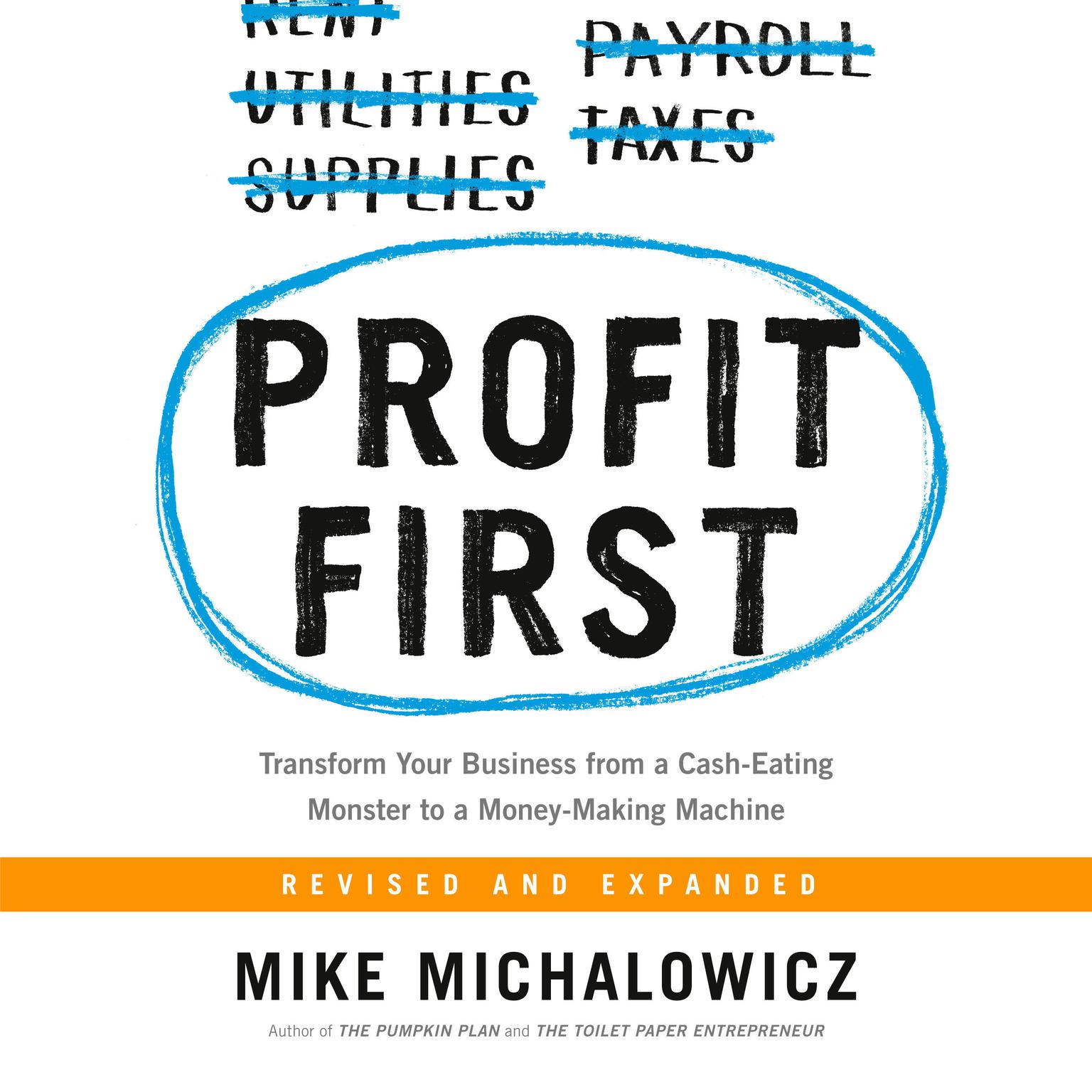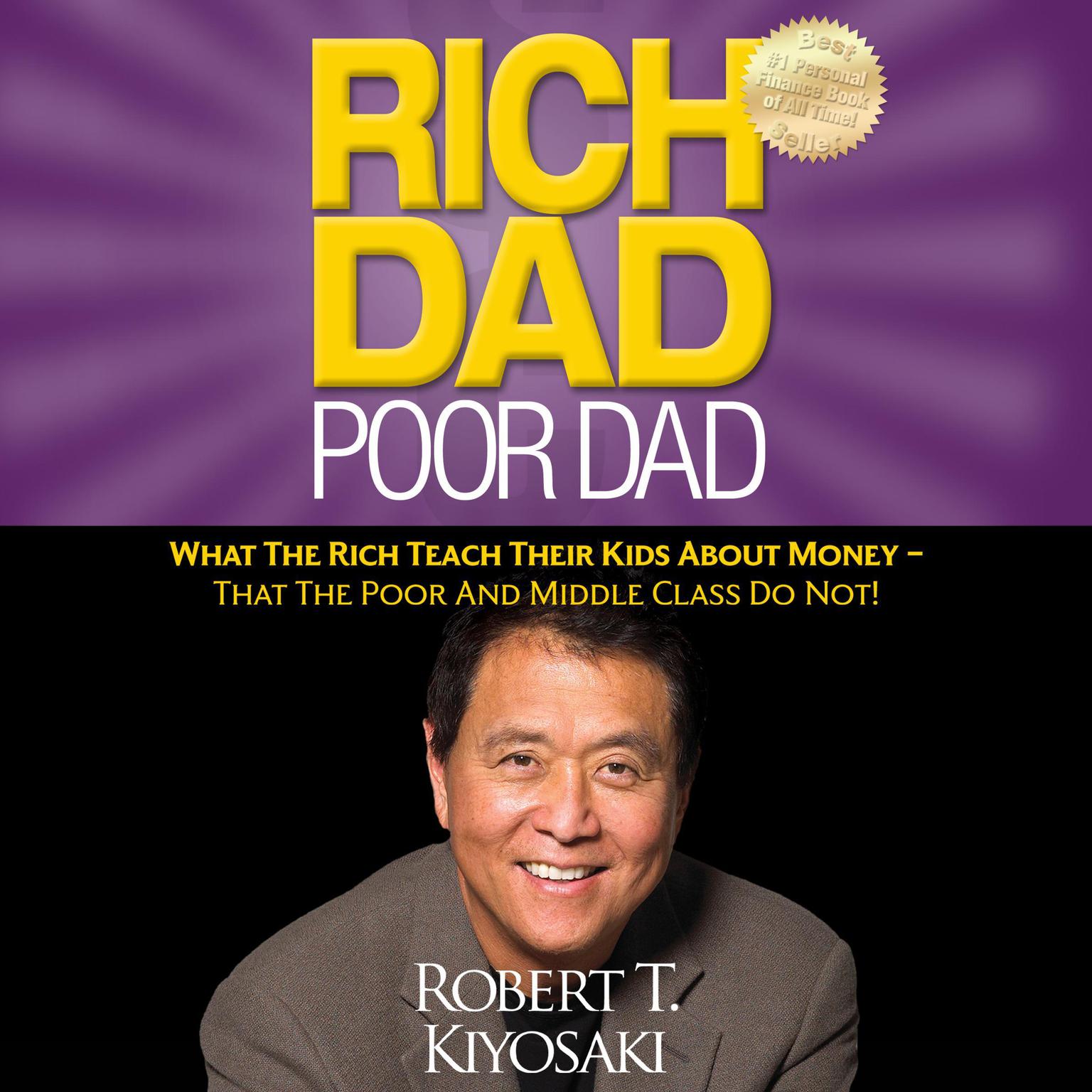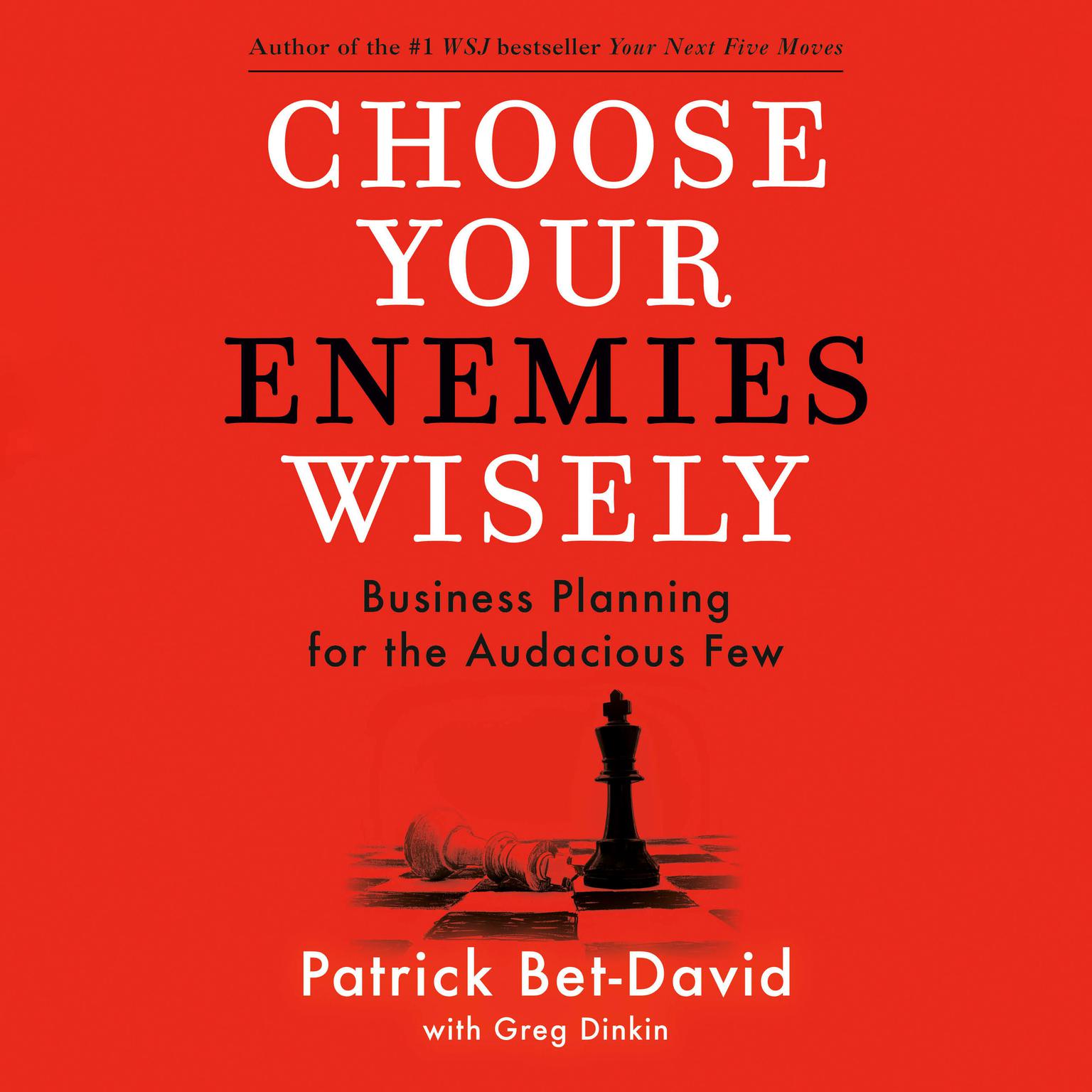Publisher Description
In February 2011, John Galliano, the lauded head of Christian Dior, imploded with a drunken, anti-Semitic public tirade. Exactly a year earlier, celebrated designer Alexander McQueen took his own life three weeks before his women’s wear show. Both were casualties of the war between art and commerce that has raged within fashion for the last two decades. In the mid-1990s, Galliano and McQueen arrived on the fashion scene when the business was in an artistic and economic rut. They shook the establishment out of its bourgeois, minimalist stupor with daring, sexy designs and theatrical fashion shows. They had similar backgrounds: sensitive, shy gay men raised in tough London neighborhoods, their love of fashion nurtured by their doting mothers. By 1997, each had landed a job as creative director for couture houses owned by French tycoon Bernard Arnault, chairman of LVMH. Galliano’s and McQueen’s work not only influenced fashion; their distinct styles were reflected across the media landscape. With their help, luxury fashion evolved from a clutch of small, family-owned businesses into a $280 billion-a-year global corporate industry. Executives pushed the designers to meet increasingly rapid deadlines. For both Galliano and McQueen, the pace was unsustainable. The same week that Galliano was fired, Forbes named Arnault the fourth richest man in the world. Two months later, in the wake of McQueen’s death, Kate Middleton wore a McQueen wedding gown, instantly making the house the world’s most famous fashion brand, and the Metropolitan Museum of Art opened a wildly successful McQueen retrospective, cosponsored by the corporate owners of the McQueen brand. The corporations had won and the artists had lost. In her groundbreaking work, Gods and Kings, acclaimed journalist Dana Thomas tells the true story of McQueen and Galliano. In so doing, she reveals the relentless world of couture-and the price it demanded of the very ones who saved it.
Download and start listening now!
“A juxtaposition of the storied arcs of two of fashion’s most celebrated, and ultimately doomed, geniuses…This is a dark story about excess, commerce, aristocracy, and fashion as high theater that is as operatic as the dizzying shows it describes. A deep dive into the provocative art of creation and the toll it exacts from those touched by its gifts.”
—
Kirkus Reviews



